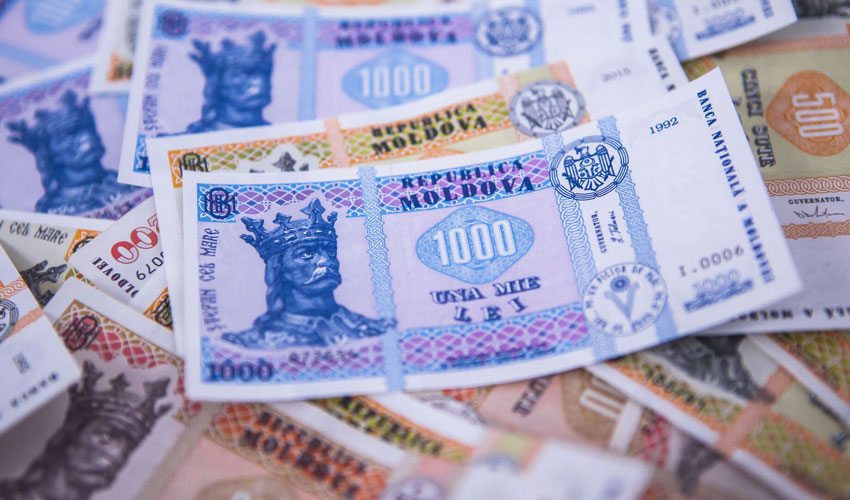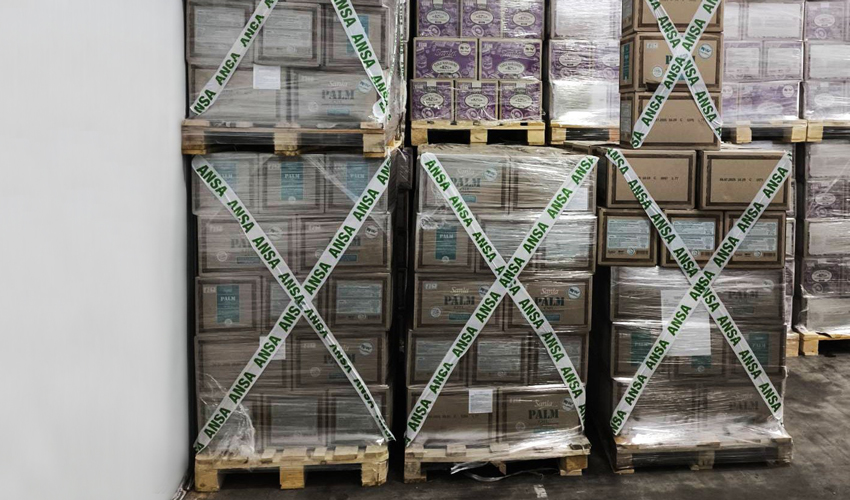
According to the National Bureau of Statistics, last year research and development activities were carried out by 42 organizations (5 organizations less than in 2023), including 13 organizations of higher education, 19 research institutes/centers and 10 – other types of units. Of the total number of organizations engaged in R&D activities, 27 organizations (or 64.3%) were state-owned.
Of the total number of people employed in research and development, 1,800 (or 52.9%) were women. According to the work schedule, 69.3% of employees engaged in research and development activities worked on a full-time basis. At the end of 2024, of the total number of employees engaged in R&D, 3,000 (or 90.9%) worked in state organizations.
The distribution of researchers by age groups shows that in 2024, a high share of researchers over 64 years of age (23.7%) remained, although there was a decrease of 1 p.p. compared to 2023. At the same time, compared to the same year, there is an increase in the share of young researchers under 25 years of age (by 2 p.p.).
In 2024, as in the previous year, the most researchers worked in the natural sciences (29.9% of the total), and the least in the humanities (8.8%). In the segment of engineering and technological sciences – 14.2%, in medicine – 14.7%, in the social sphere – 18.6%, in agriculture – 13.8%, which is somewhat strange for a country with an agrarian economy, as Moldova positions itself.
Expenditures of state structures amounted to 70.7% of total R&D expenditures in 2024, compared to 82.2% in 2023 (a decrease of 11.5 p.p.).
The total amount of current expenditures was dominated by personnel expenses – 494.8 million lei (or 72.4% of the total amount). Material expenses amounted to 80.3 million lei (11.8%) and other current expenses – 107.9 million lei (15.8%). Compared to 2023, personnel expenses decreased by 7 million lei (or 1.4%).
In 2024, the distribution of current expenditures by scientific fields showed an increase in the share of medical sciences – 30.2%, followed by natural sciences – 29.7%, engineering and technology – 12.8%, agriculture – 11.7%, social sciences – 8.1% and humanities – 7.5%.













